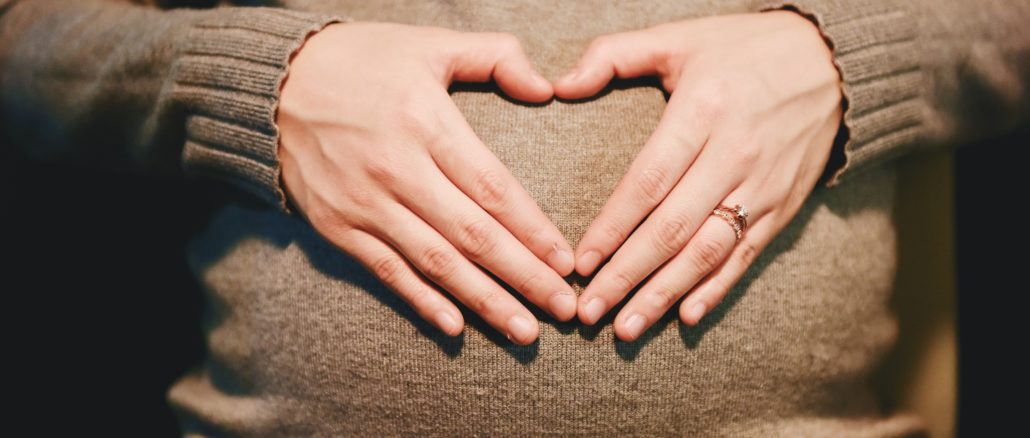
A new Australian National University (ANU) study suggests women who believe themselves to be wealthy could be more likely to have boys.
Researchers at the university analysed birth rates across Australia over a 12 month period and found that in most states boys were being born at a rate of 105 per 100 girls, while in the ACT that number was closer to 110.
Lead researcher Alison Behie said the findings seemed to bear out the Trivers-Willard theory, which suggests mothers’ circumstances can play a role in determining a baby’s sex.
She found women who perceived themselves as well off were more likely to have boys, linking the phenomenon to the higher-than-average socio-economic status of ACT residents.
“It seems to be that, certainly up until 2015, the ACT had a very divergent pattern where there were many more boys being born, just in this territory compared to the rest of the country,” she said.
“When you include them in the entire of Australia, there’s actually more boys being born, but if you take all the ACT babies out, there’s a very slight decline, which is similar to global pattern.
“So it seems to be something about the ACT, and an increase in boys being born in our territory in particular.”
Dr Behie linked the findings to a theory that the mother’s conditions at the time of conception can influence a baby’s sex.
The ACT has some of the highest average education and income levels in the country among its concentrated population of 400,000, and researchers found giving birth to a boy seemed linked to the mother’s perception of her own wealth.
“We tested against a variety of things; education, income, and what we actually found to be significant was perception of wealth, so women that felt they were wealthy,” Dr Behie said.
“Mothers that felt themselves to be very wealthy or prosperous were more likely to have boys, and that was true across all of Australia.
“That could include a variety of things including their support network, their education, how much debt they have, things that don’t show up in just numerical, quantitative data.
“Obviously they’re not unique, women across Australia, lots of women have these same characteristics, so why it’s concentrated in the ACT, outside of that we don’t necessarily know.”
Dr Behie said the theory made sense, as males were “more fragile”, and able to spawn more children than females.
“The thought behind it in primates is because females are limited in their reproduction because we’re responsible for gestating and lactation, it’s more costly for us to have children,” Dr Behie said.
“If you are in really good condition and you have access to lots of resources, and your body’s really strong, then that would biologically predispose you to want to have boys.
“Then you would have some of these boys that were themselves of high quality, and they themselves would have lots of children.”
But before mums hoping for a boy started focusing on their bank accounts, Dr Behie said they should keep in mind the findings were only one potential factor.
“It’s a bit intangible,” she said.
“Previous research has shown women that have a higher calorie diet are more likely to have sons, and women that are exposed to less environmental pollutants are more likely to have sons.
“So it’s all about having that sort of best quality or condition of your body as possible tends to favour male.”
* In evolutionary biology and evolutionary psychology, the Trivers–Willard hypothesis, formally proposed by Robert Trivers and Dan Willard, suggests that female mammals are able to adjust offspring sex ratio in response to their maternal condition. For example, it may predict greater parental investment in males by parents in “good conditions” and greater investment in females by parents in “poor conditions” (relative to parents in good condition).
SheSociety is a site for the women of Australia to share our stories, our experiences, shared learnings and opportunities to connect.

Leave a Reply